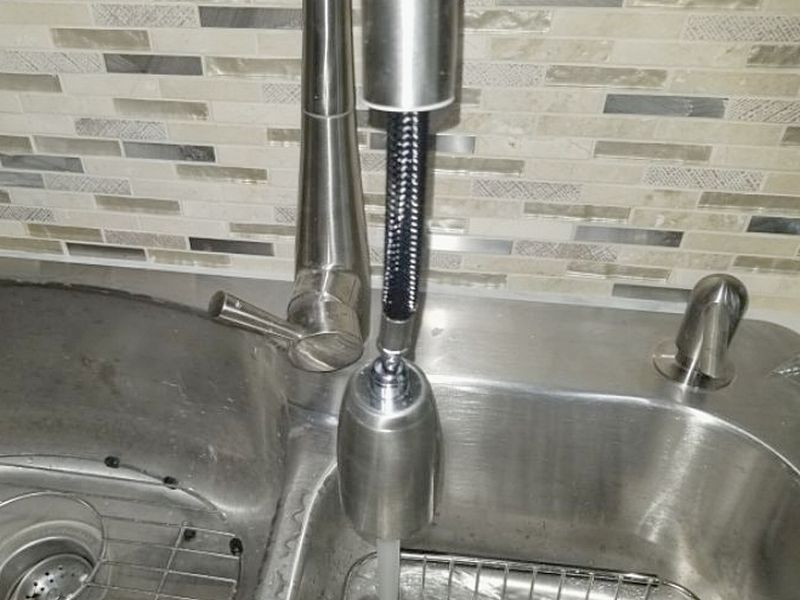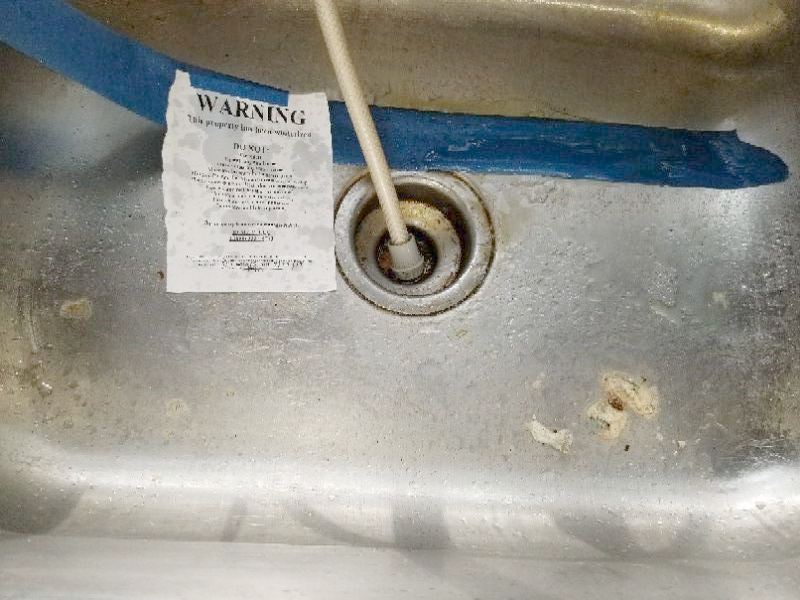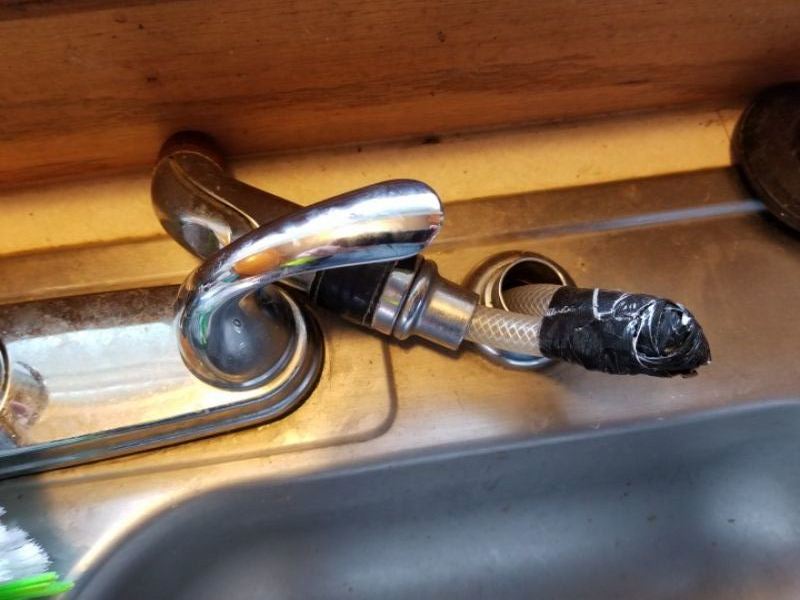When it comes to the problems that are possible, sinks are like small bathtubs. They must hold water without leaking. They have a faucet, water supply lines, often a spray arm, and a drain. Add on to that potential concerns about stability; will the basin fall off of the wall or the whole fixture and cabinet tip over?
For the inspection, just running water into the sink is not a reliable way to test the drain. The pipes must be fully charged with water. Start with the hot side: is it on the left? Close the stopper and fill the sink partially full. DO NOT turn your back on it or walk away! Open the stopper and drain the water. Now you can reliably check for leaks using your flashlight, hands, and IR camera. Include the supply lines; are there shut-off valves? Is the drain correctly configured? Ensure that the sink is secure on the cabinet and the cabinet is attached to the wall. If it’s a free-standing model, the basin should be attached to the wall and also bearing on the pedestal. Inspect for any damage and for the faucet’s condition and functionality. While not clearly required by most Codes, bathroom sinks (lavatories) usually have overflow drains. These can’t be relied upon to prevent flooding but do aid in drainage.
The sink stopper is damaged or missing. This affects proper function. Replace the stopper.
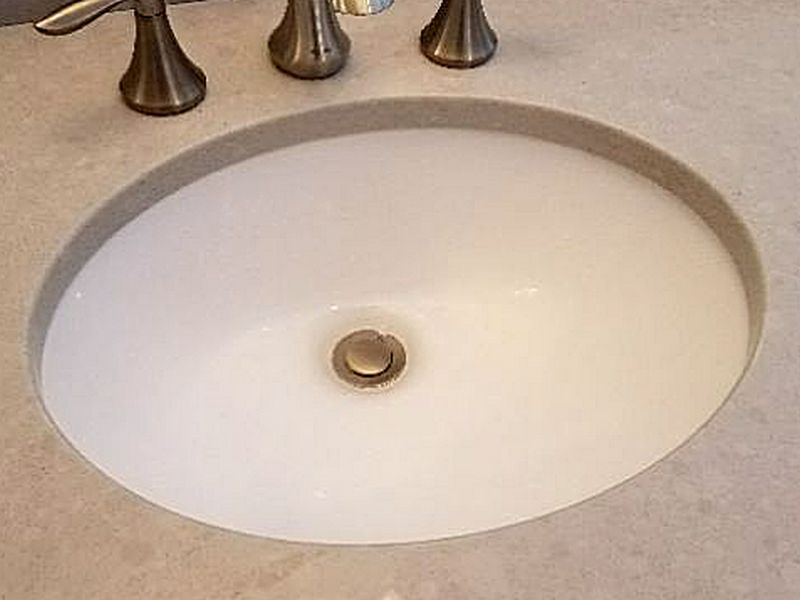
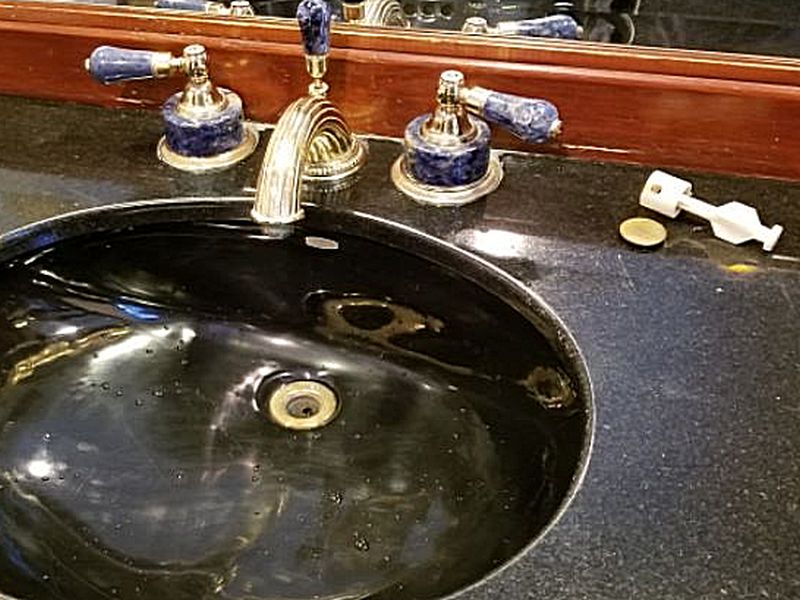
The sink drain is leaking. This can allow water damage. Repair or replace the drain.
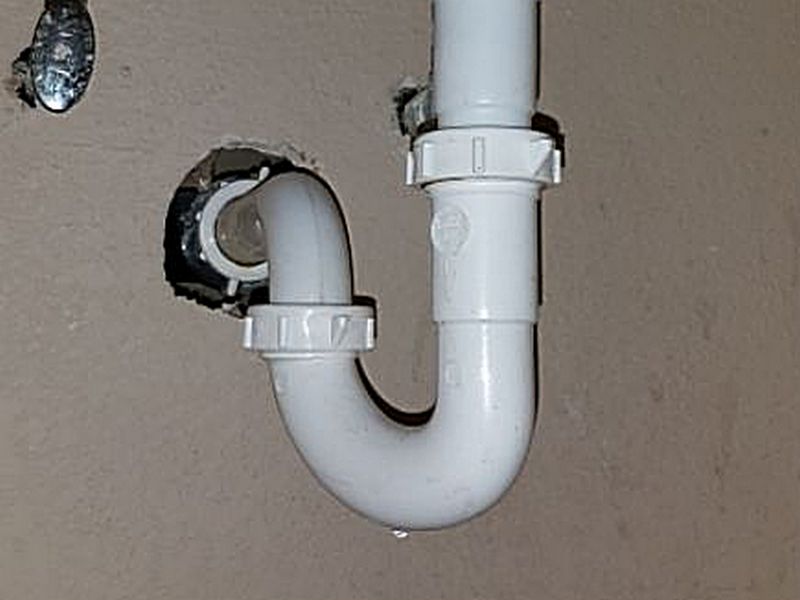
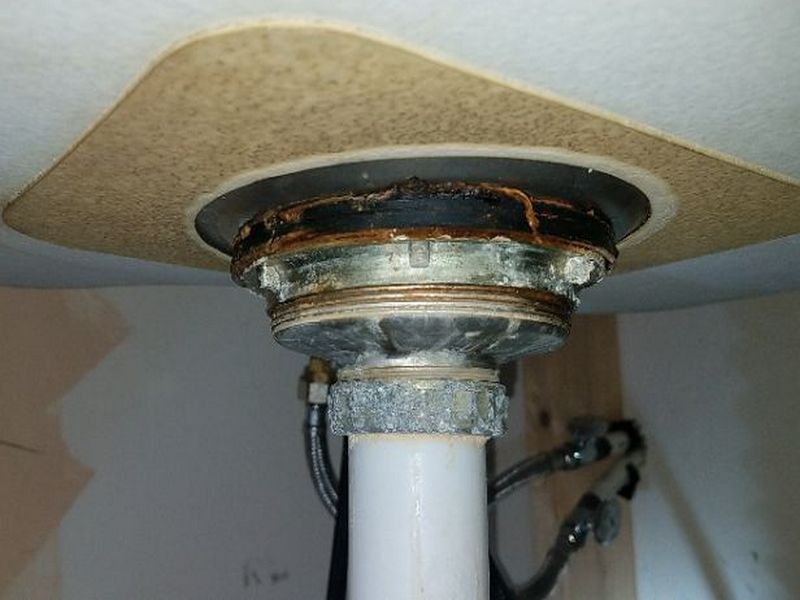
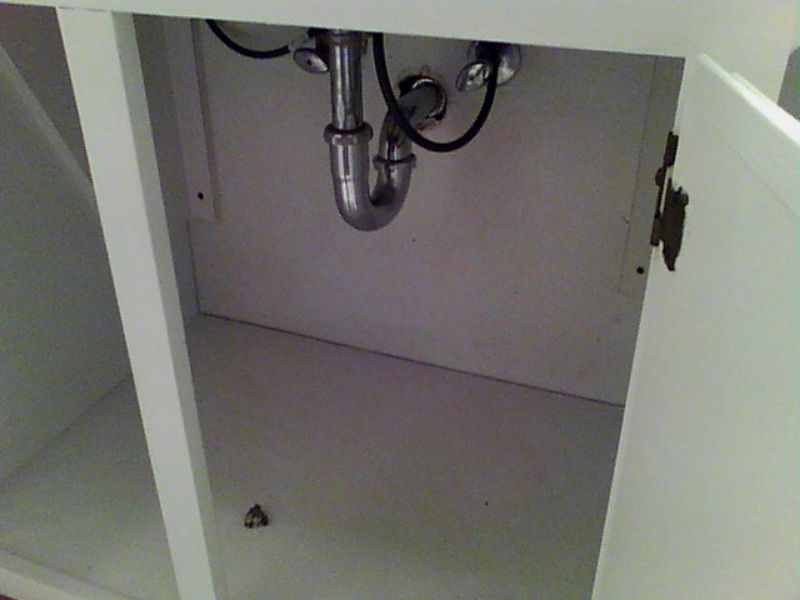
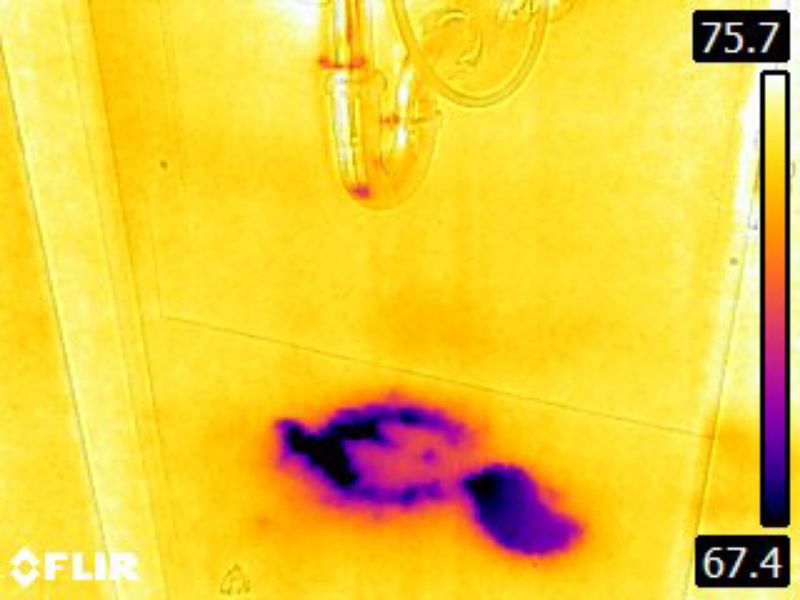
The sink is slow to drain. This prevents proper function. As part of a home inspection, the exact condition of the interior of the plumbing pipes could not be determined. Hire a plumber to evaluate the system and to make repairs.
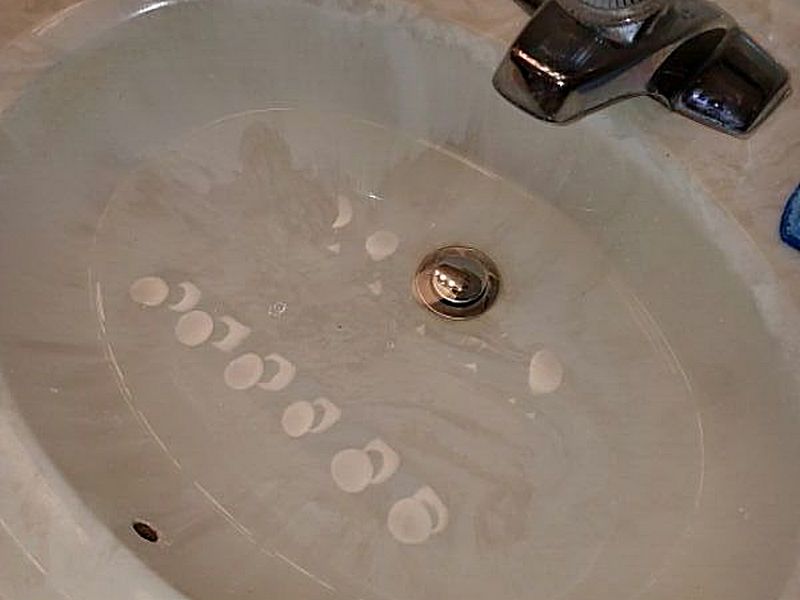
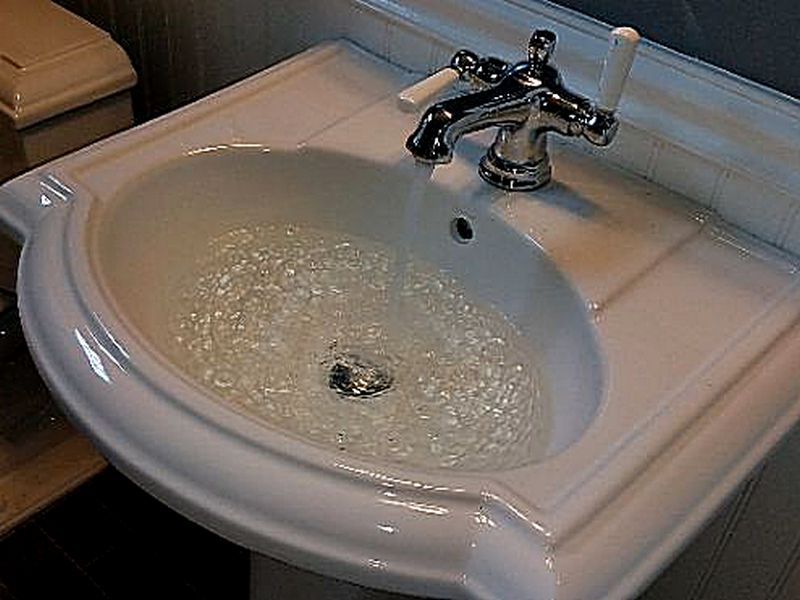
There is no overflow drain at the sink. This can allow water damage. Hire a plumber to evaluate the system and to make repairs as needed.

The sink finish is damaged or chipped. Repair or replace the sink.
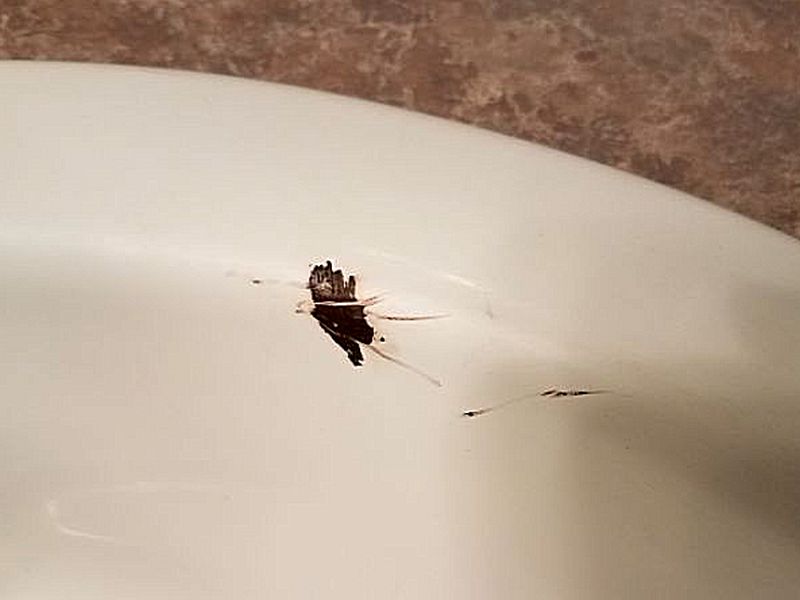
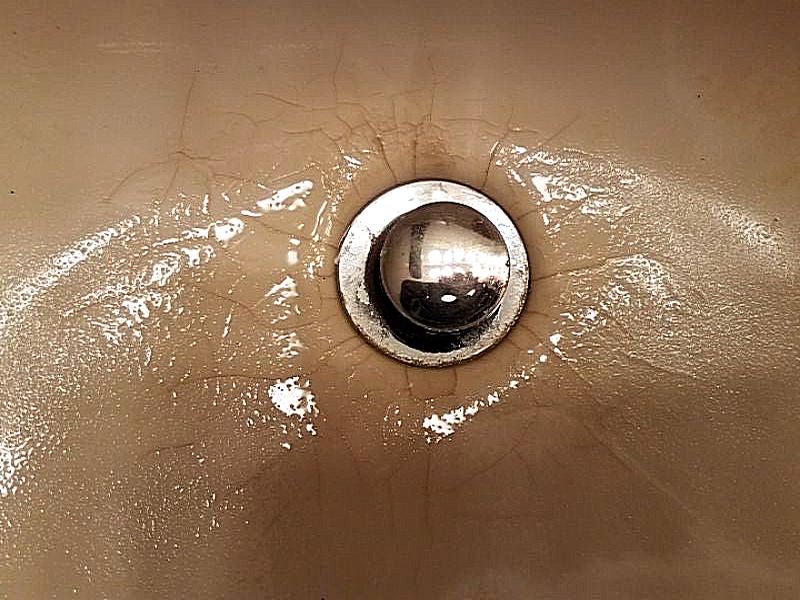
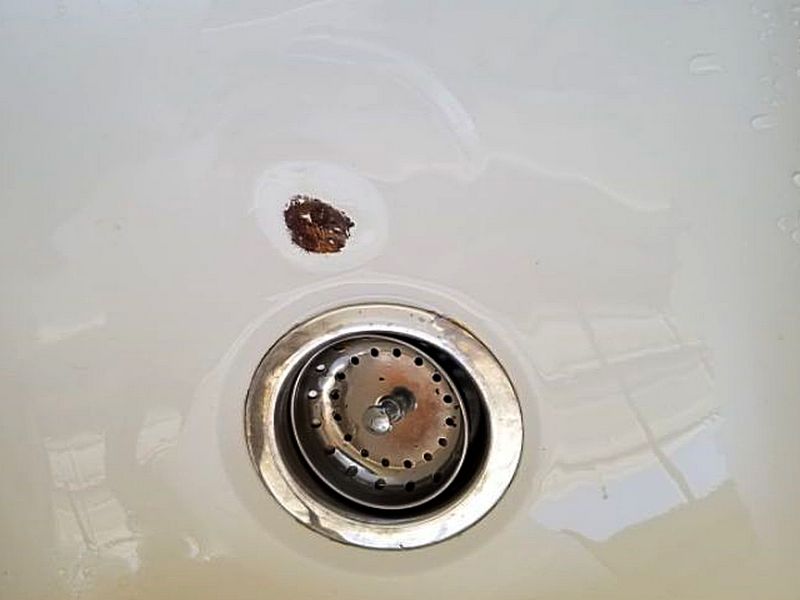
The sink is damaged or deteriorated. This can allow leaks. Repair or replace the sink.
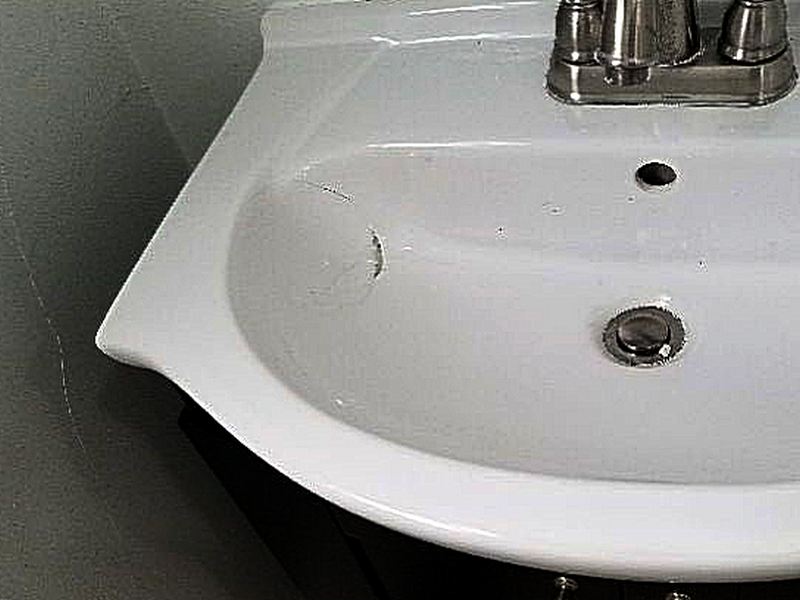
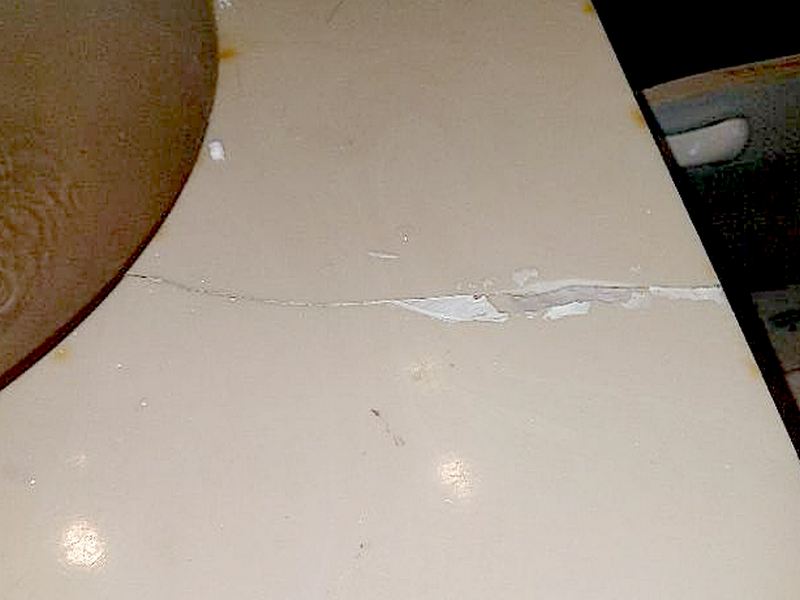
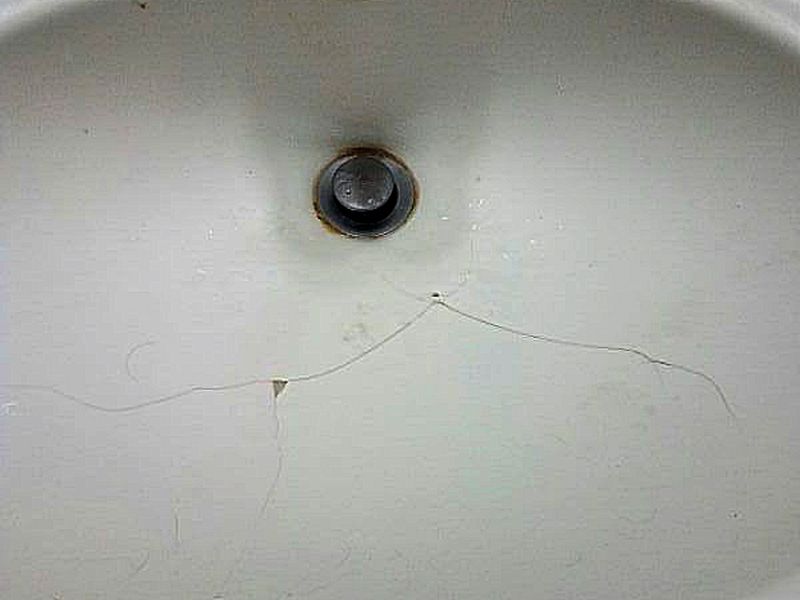
The sink is inadequately secured. This can cause leaks and is a safety hazard. Secure the sink.
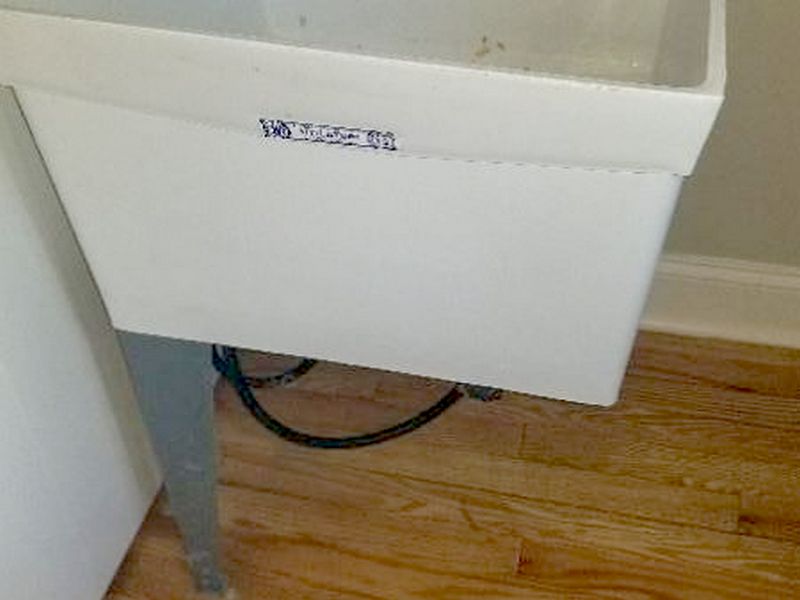
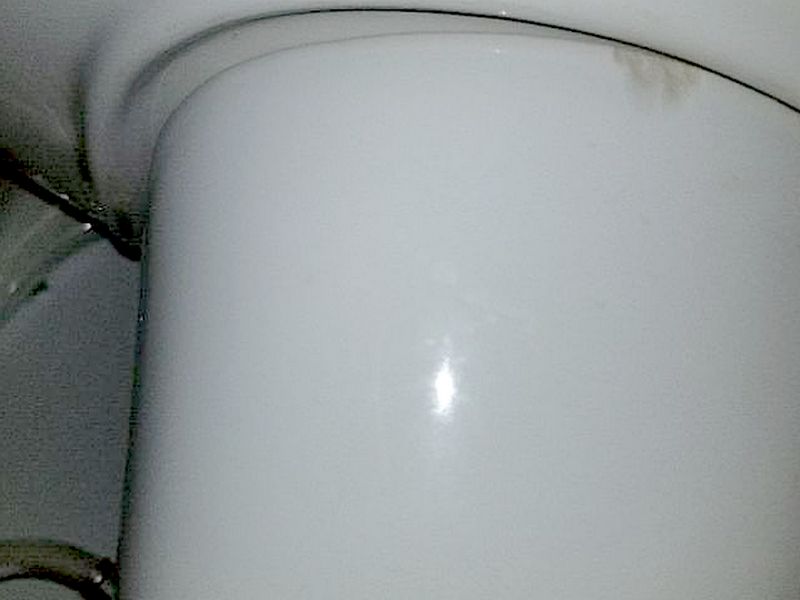
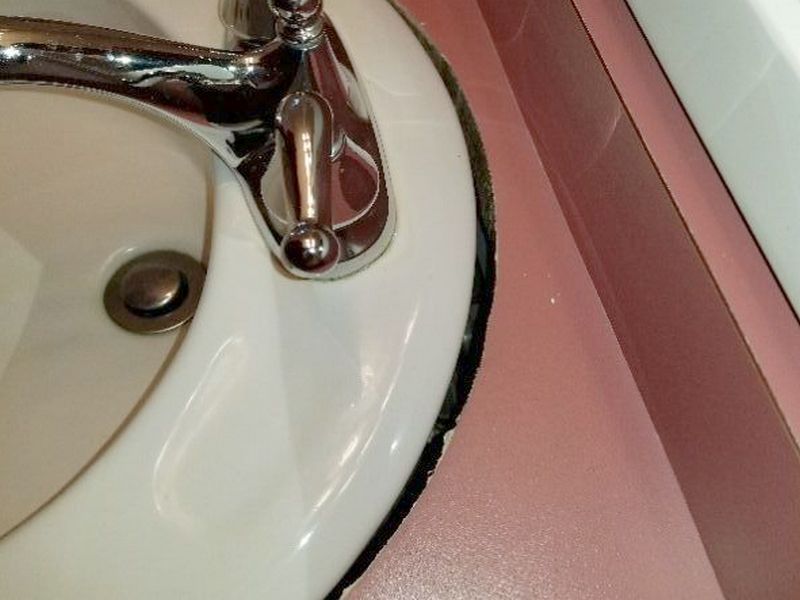
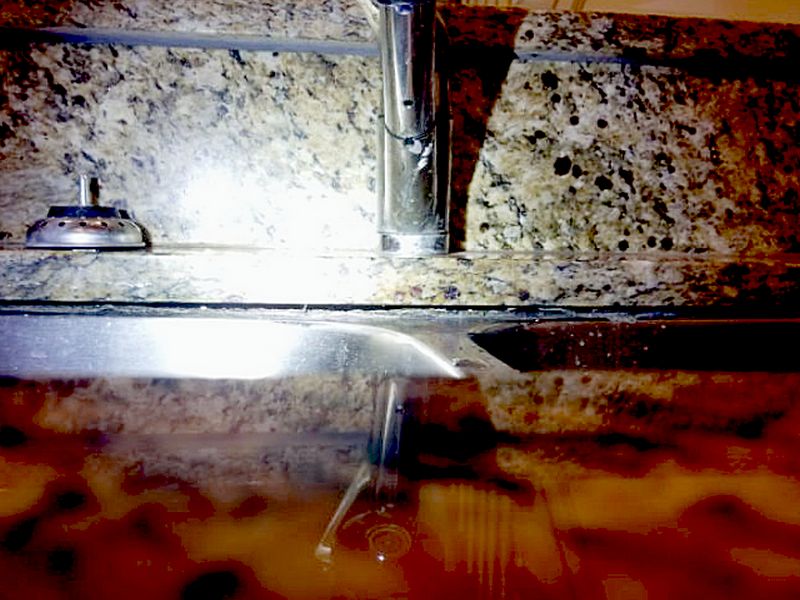
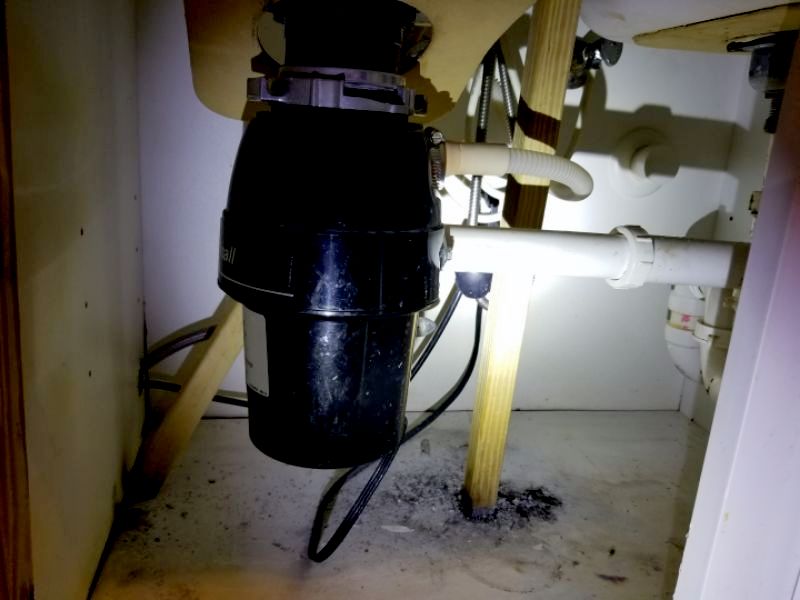
The caulk or grout is deteriorated/missing at the sink. This permits water penetration into the surround areas. Regrout and recaulk as needed.
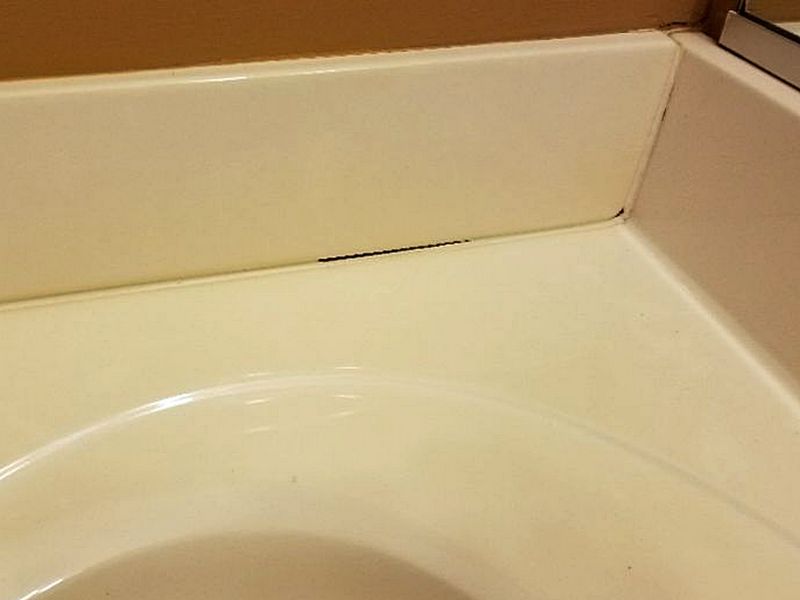
The sink faucet is loose. This affects proper function and may allow leakage. Repair or replace the faucet.
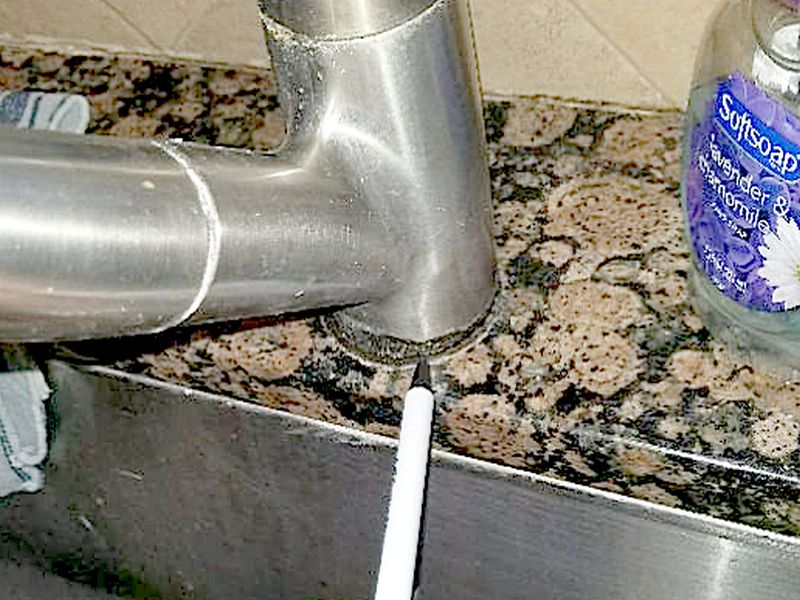
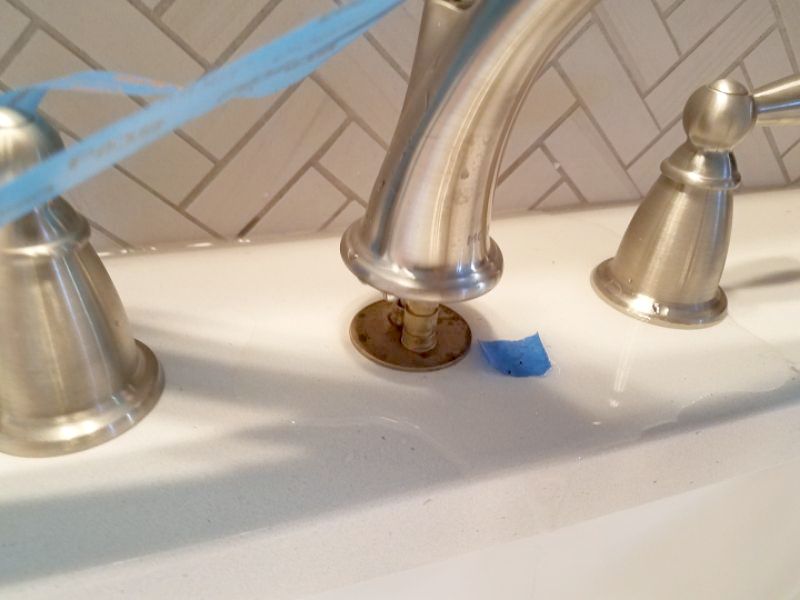
The sink faucet is damaged. This affects proper function and may allow leakage. Repair or replace the faucet.
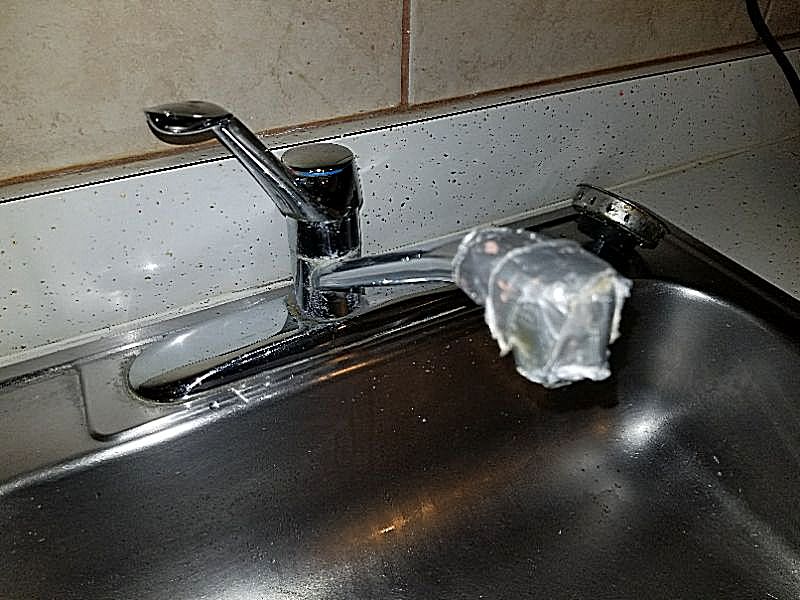
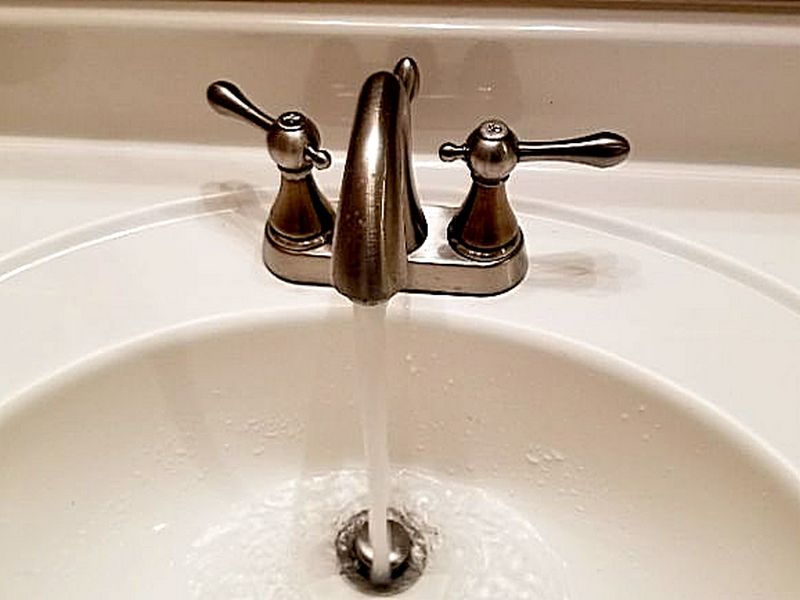
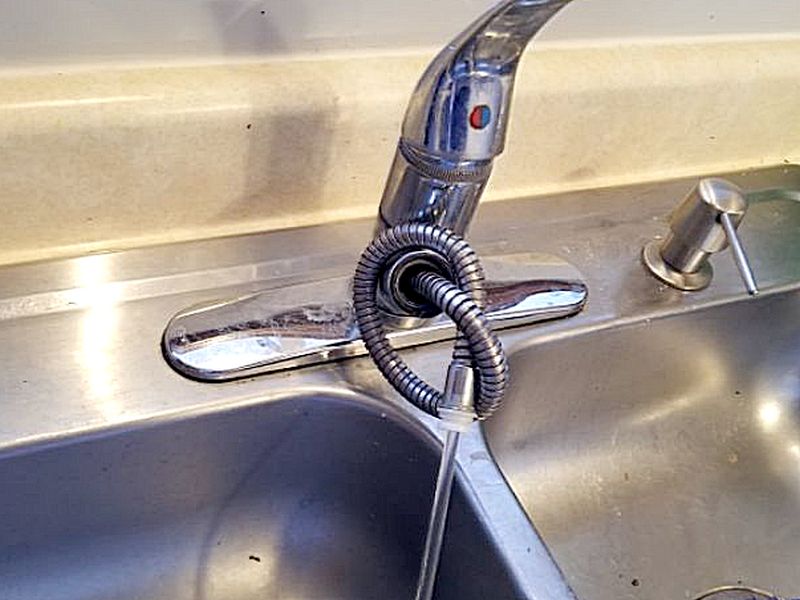
The sink faucet handle is loose, broken, or missing. This affects proper function. Repair or replace the faucet handle.
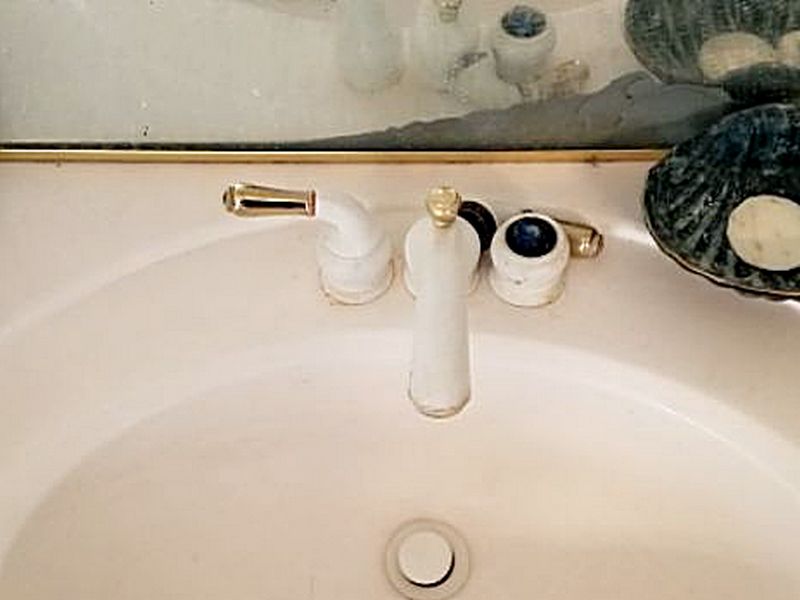
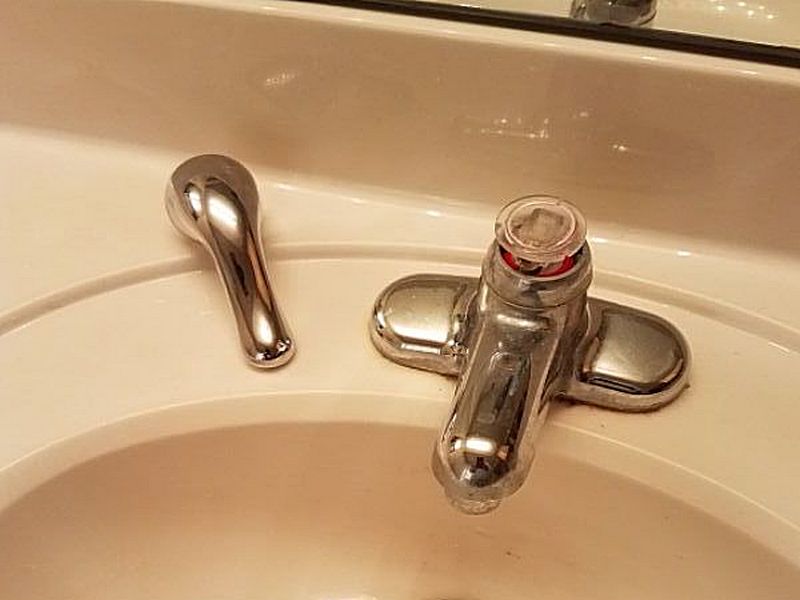
The sink faucet is corroded. This makes the faucet unreliable and may allow leakage. Repair or replace the faucet.
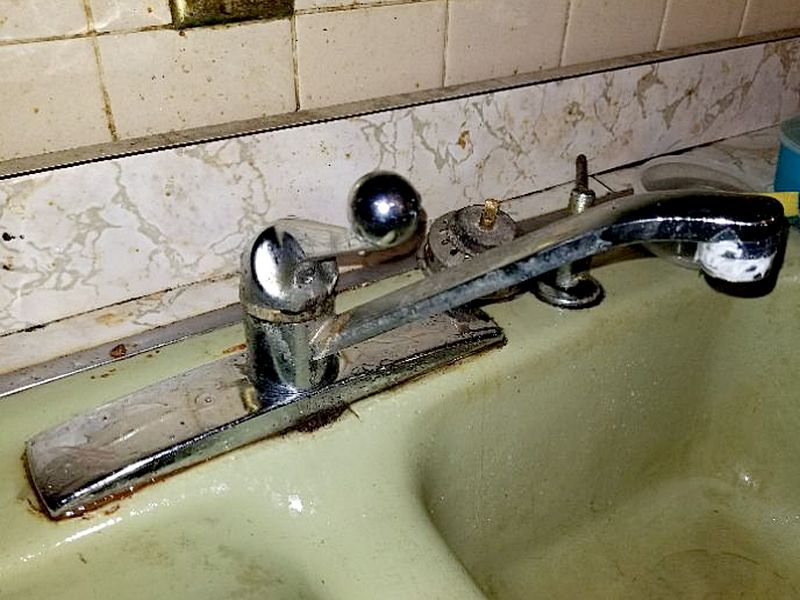
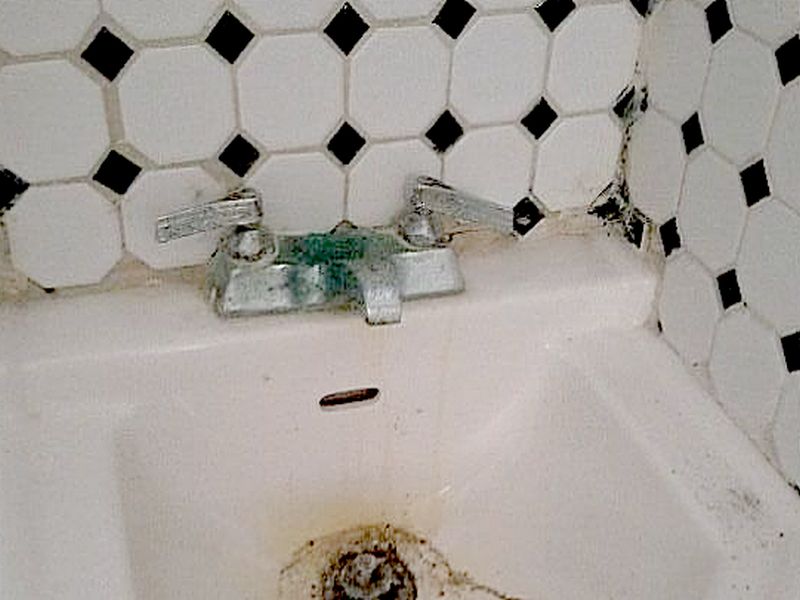
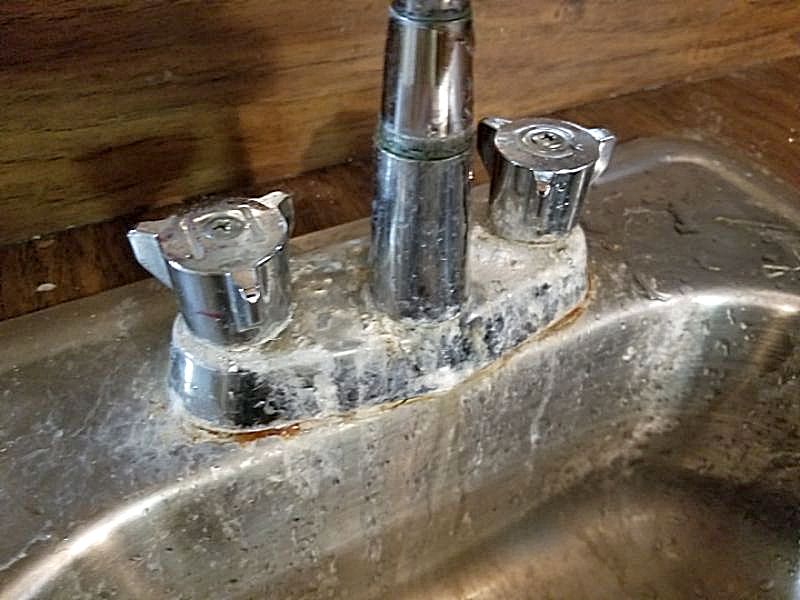
The sink faucet is leaking. This can allow water damage. Repair or replace the faucet.
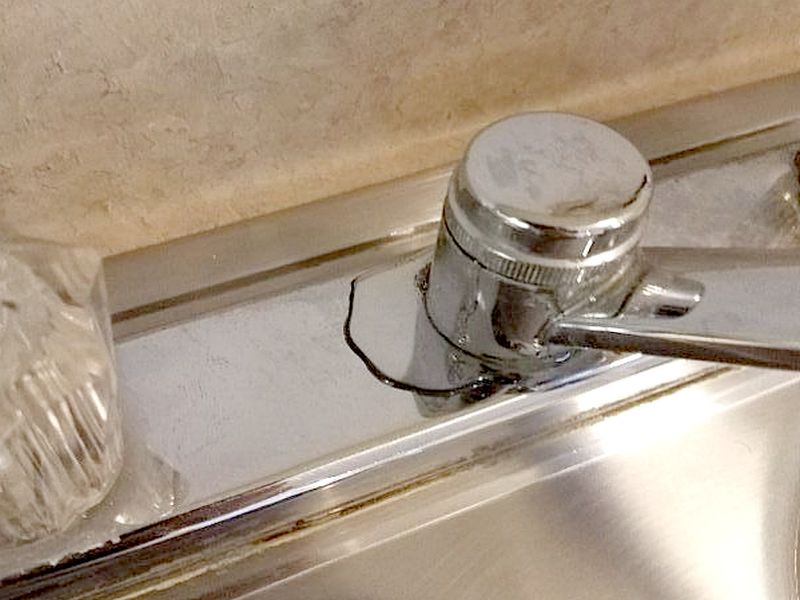
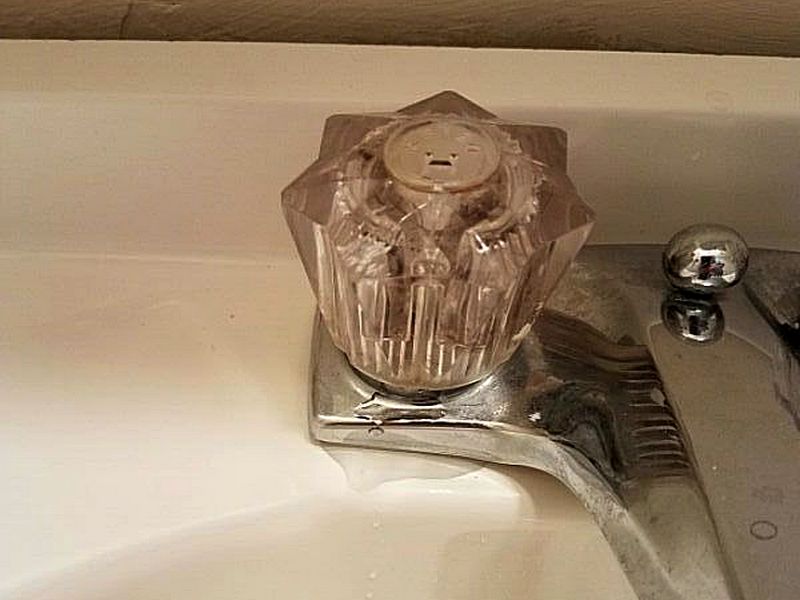
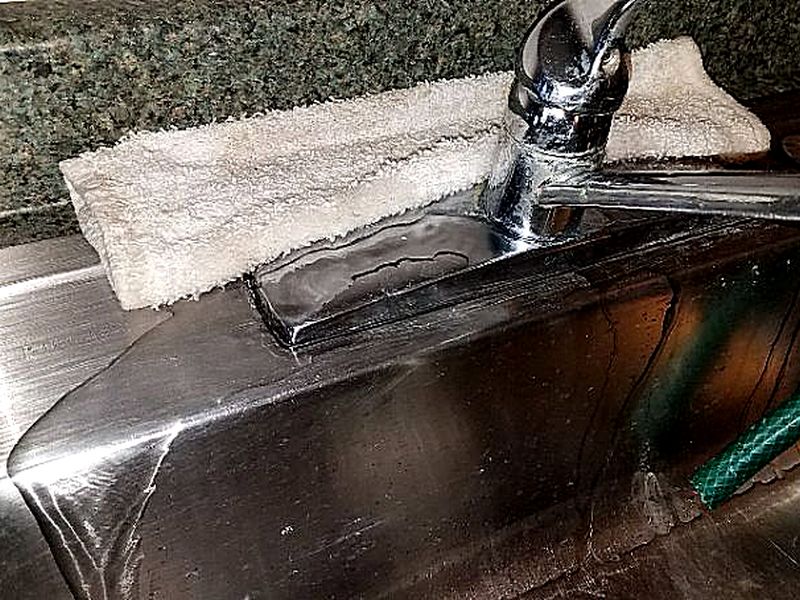
The sink faucet is inoperative. This prevents proper function. Repair or replace the faucet.
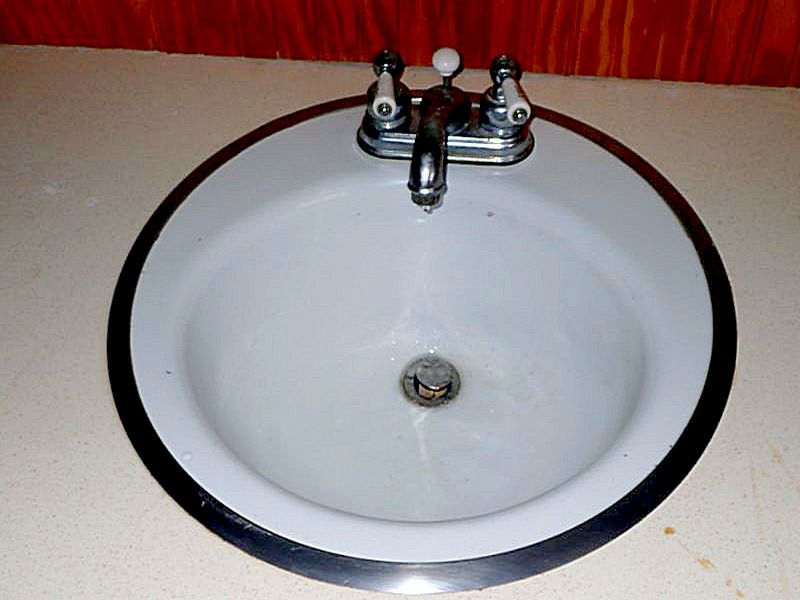
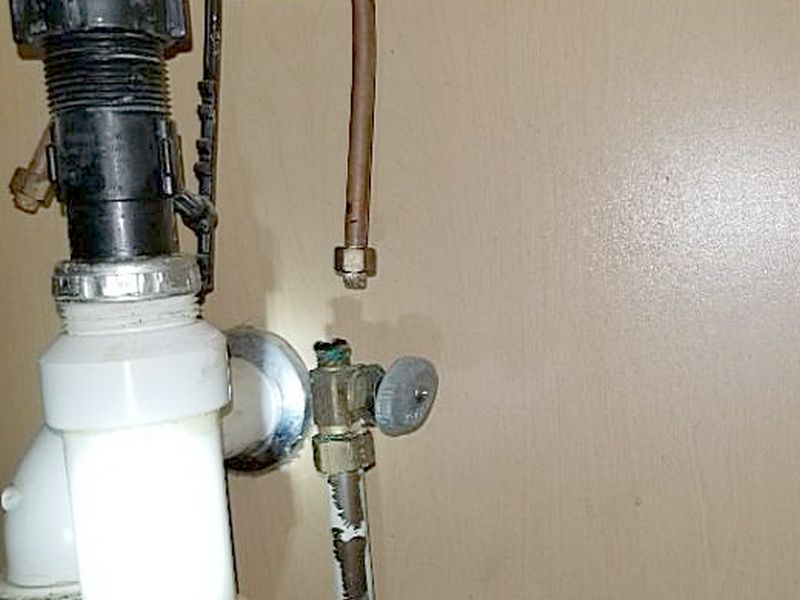
The sink’s hot and cold water supplies are reversed. This is a safety hazard. Hire a plumber to make the needed repairs.
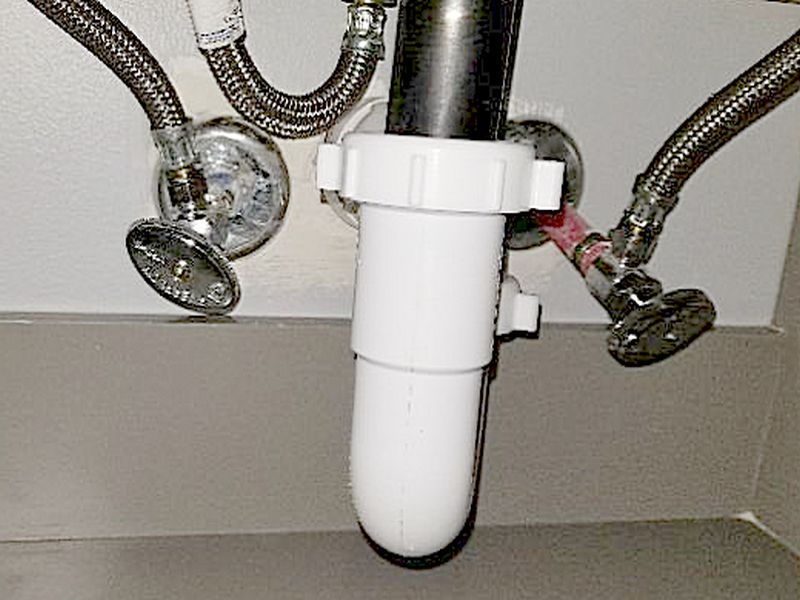
The sink’s water pressure is too low. This affects proper function. Hire a plumber to evaluate the system and to make required repairs.
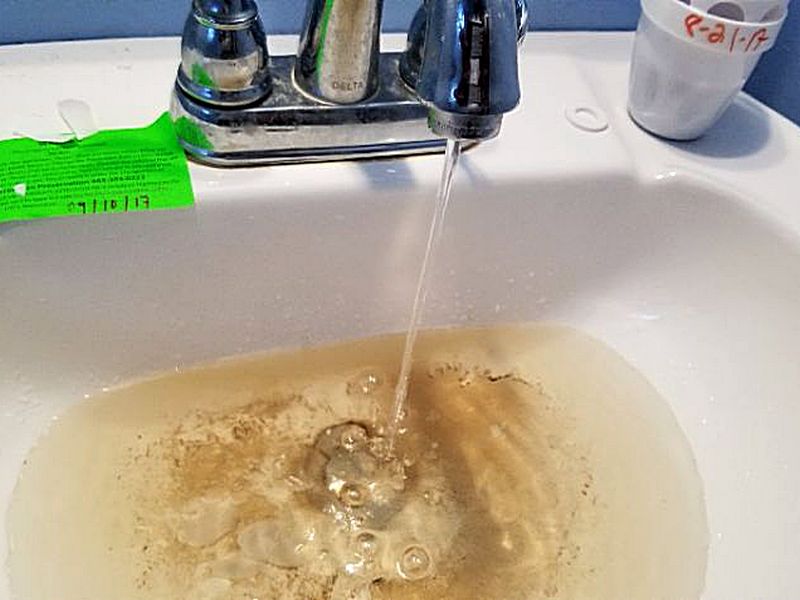
The spray wand is leaking. This can allow water damage. Repair or replace the spray wand.
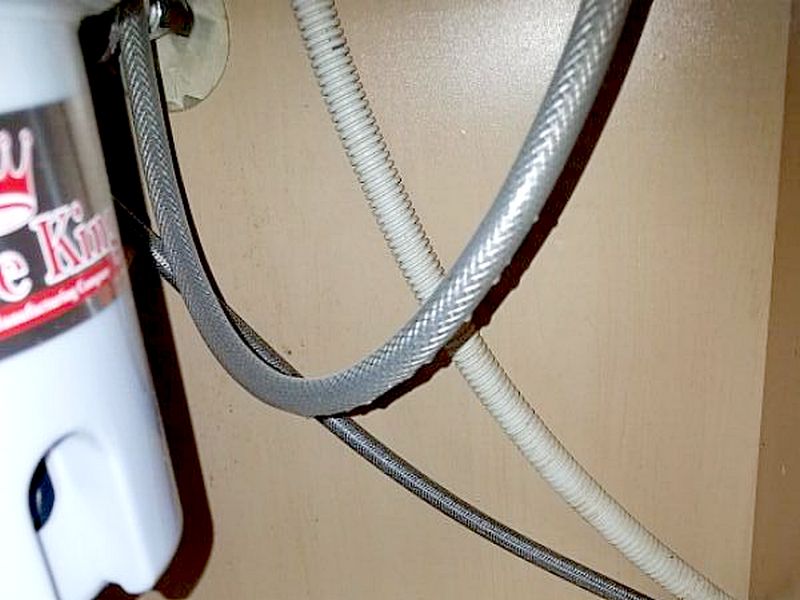
The sink’s spray wand is inoperative. This prevents proper function. Repair or replace the spray wand.
